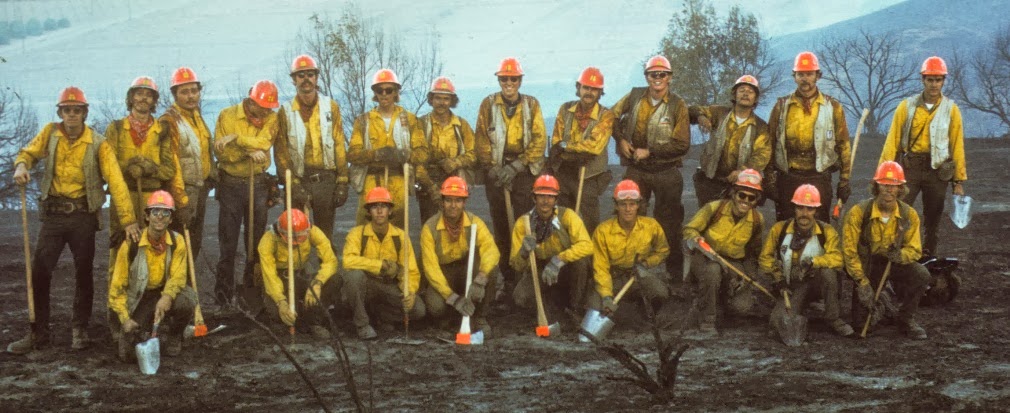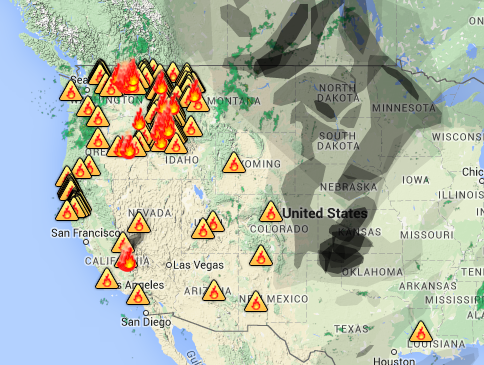
Charles Palmer, who spent 20 years as a firefighter and smokejumper, describes wildland firefighters as “tactical athletes”.
Below is an excerpt from an article in the Seattle Times.
…Physically and mentally, the demands of the profession are such that Charles Palmer, an associate professor at The University of Montana who studies performance psychology of wildland firefighters, considers such workers “tactical athletes.”
“These aren’t people who ride around trucks and squirt water on stuff — this is really demanding from a lot of different angels,” Palmer said. “You travel around, you have to perform, they’re getting very little downtime, they have nutritional challenges … physically you have to perform really well.”
In one study, Palmer screened wildland firefighters for attention-deficit/hyperactivity disorder (ADHD). He said about 20 percent tested above the established cutoff score.
“It’s very possible a high percentage of folks who work as wildland firefighters have ADHD,” he said. “If you start thinking about a profile, people with ADHD are very comfortable with risk. They like fast-paced environments. They like activity. They like moving around.”
Front-line firefighters burn between 4,000 and 6,500 calories each day and need 7-10 liters of water each day, said Brent Ruby, director of the University of Montana’s work physiology department.
“Perhaps the top 10-15 percent of the average population can do this job based on fitness levels,” said Joe Domitrovich, an exercise physiologist with the National Forest Service.
But the Marshawn Lynch comparisons only go so far.
“They don’t get paid like a professional athlete would,” Palmer said. A 2013 National Parks brochure advertises pay of about $10-17 an hour to firefighters, before overtime or hazard pay, but base pay varies widely. Base pay for entry-level state Department of Natural Resources wildland firefighters starts at $12.50…









